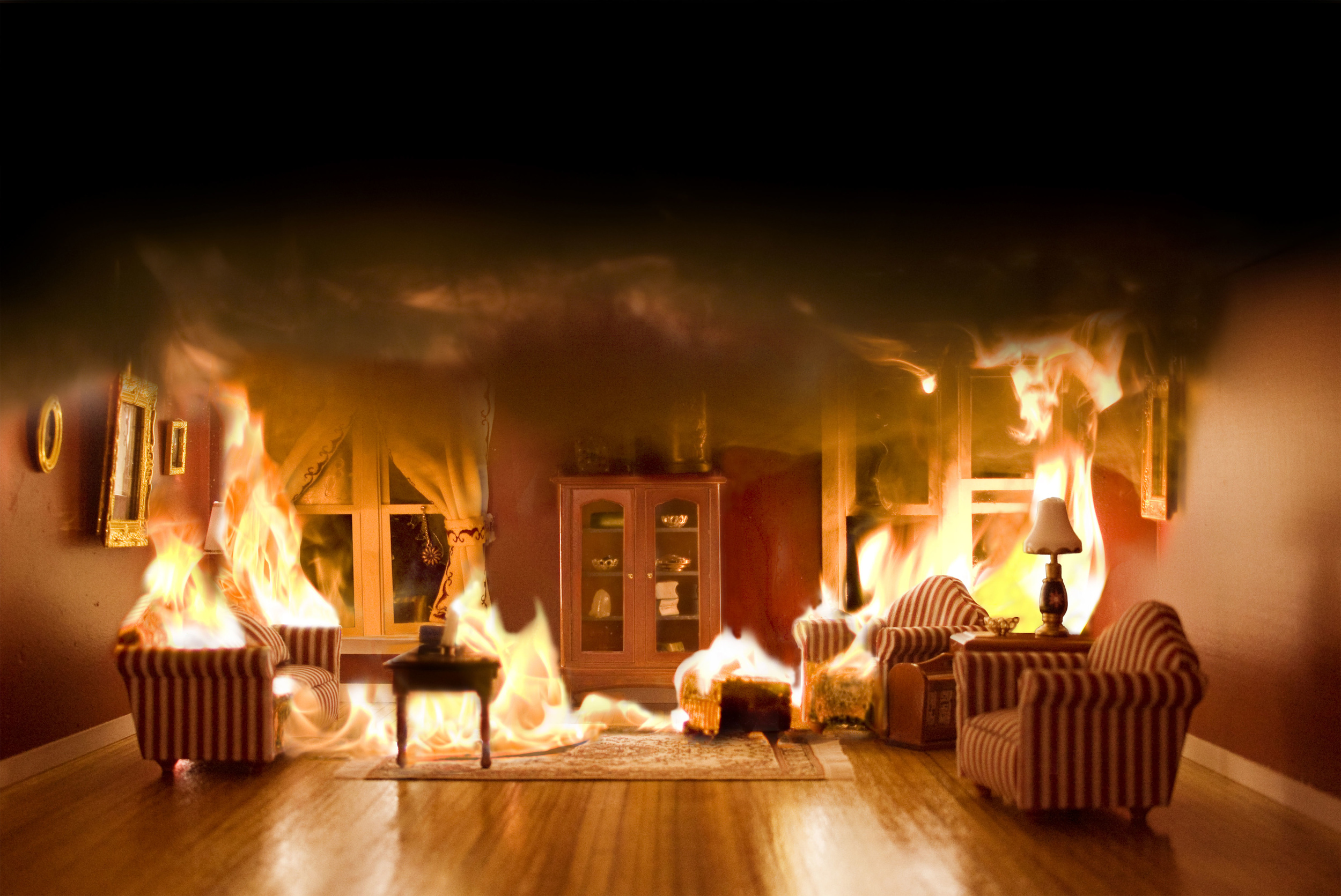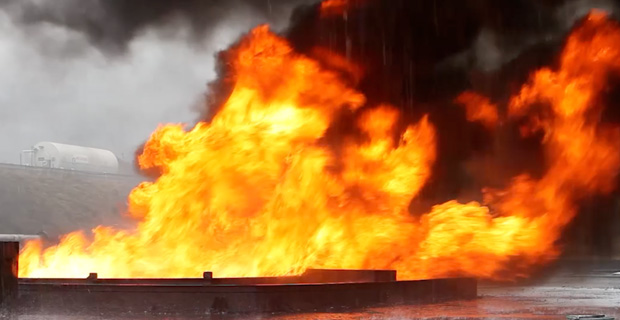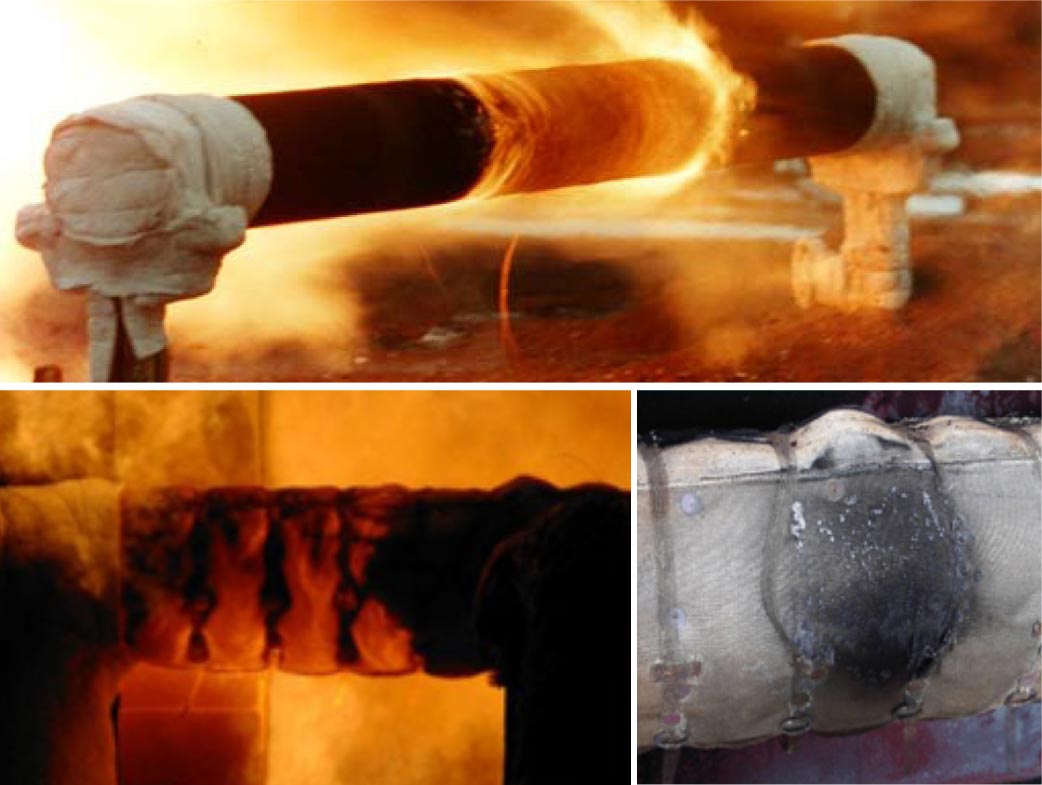Two Standard Fires Shall Be Considered:
A cellulosic fire
Cellulosic fires are fuelled by combustibles such as wood, paper, textiles, etc.
The cellulosic standard fire has a slow flame temperature rise after ignition. Curve reaches 500°C within 5 minutes and rises to in excess of 1100°C over time. Typical radiation value is 50 kW/m2.

A hydrocarbon fire
Pool fires: Hydrocarbon fires are fuelled by oil and gas and have a very rapid heat rise to 1000°C within 5 minutes and rises to 1100°C shortly thereafter. Hydrocarbon fires are also extremely turbulent as the fire entrains oxygen to maintain combustion. Typical radiation value is 160 kW/m2.

Jet fires
Jet fires: a particular group of hydrocarbon fire fuelled fires expelled from an orifice under pressures of 2 bar or greater. They are the most severe fire scenario, considering the effect of erosion and also the significantly higher rate of burning due to turbulent fuel/air mixing. ISO22899 is the first and only internationally recognized jet fi re standard used by classification societies. OTI 95 634 is jetfire standard for offshore plants

Standard curves
Real fires can have an infinite number of variations with respect to: growthphase, peak, temperature and duration.
However, to allow for benchmarking between fire protection products, the industry has adopted standard fire curves for different types of fires.
The standard fire curves aim to replicate the severe exposure conditions of a fire such as those that typically occur following flashover within a compartment.
after 95 min (BS476)
after 10 min (UL1709)